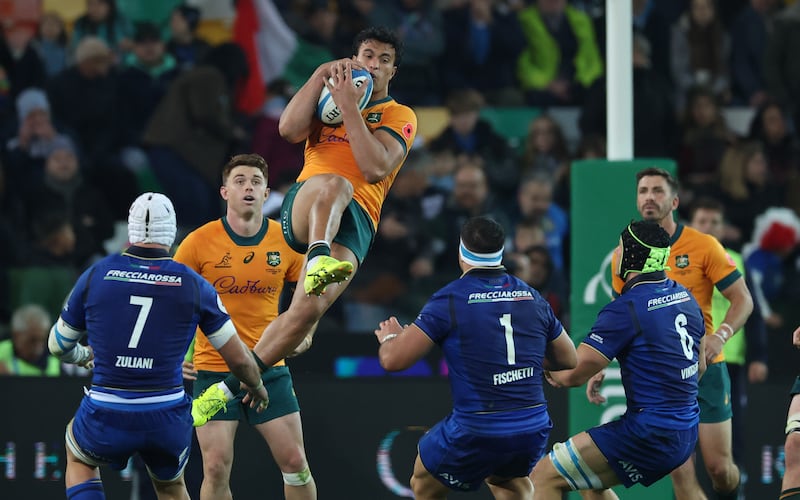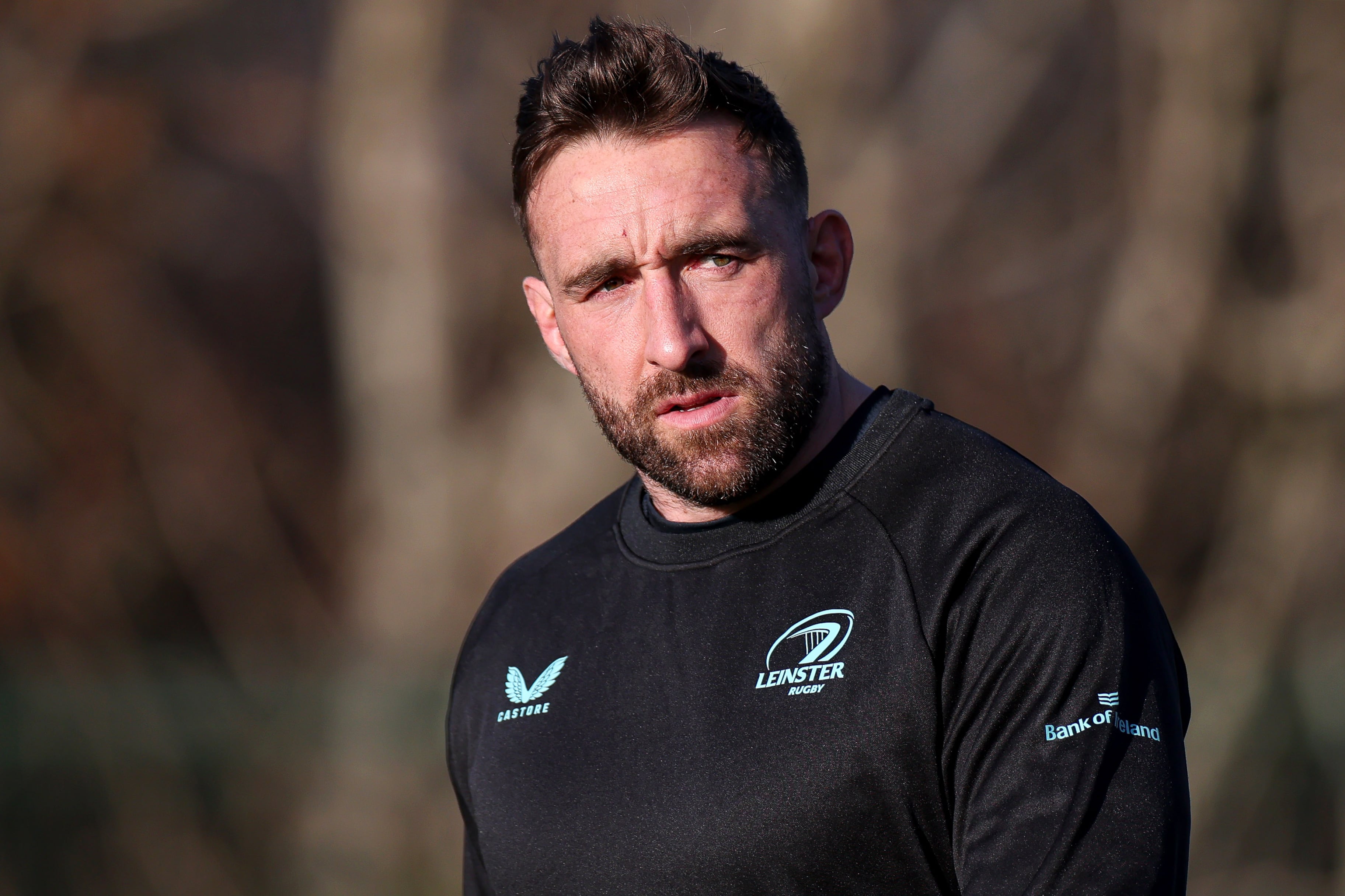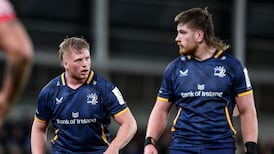As recently as August, the Wallabies humiliated rugby’s number one side, back-to-back world champions South Africa, in Johannesburg. They then smashed the pride of the northern hemisphere, the British & Irish Lions, in Sydney. By going all-in and not settling for a draw with Argentina, they won that Test – and with it, a nation’s heart.
“The Wallabies are back”, we proclaimed. And indeed they are – back in the doldrums.
Australia have now lost six of their last seven Tests. Their latest abysmal showing, a 46-19 demolition by Ireland, follows a humiliating loss to world number 10 Italy and a toothless 25-7 defeat by England earlier this month. If the men in gold lose again to France this weekend it will be Australian rugby’s first winless tour of Europe in 67 years.
Defeat there will see them finish 2025 with a win-loss record of 5-10 and a winning percentage of 33.3%, making them, statistically, the worst Wallabies side in history. Worse, the slump could cost them a top-six seeding at the 2027 Rugby World Cup hosted by Australia, a potentially mortal blow to a code struggling for relevance and audience.
READ MORE
With one game before the World Cup draw on December 3rd, there is a tiny twinkle of hope. If the Wallabies can rediscover their mojo and wallop Les Bleus by 16 points or more, the boilover will lift their rating by 2.86 points to 84.45 and sink France’s to 84.32, vaulting them into sixth spot and consigning the 2023 finalists to seventh place.
The worldbeaters of August might have been a chance. But this woebegone rabble? Much depends on coach Joe Schmidt. The 60-year-old blooded 19 new players in 2024 and duly made the Wallabies competitive again. But Rugby Australia’s decision to extend his contract beyond the 2025 Rugby Championship has backfired horribly.
The coach blames injuries, lack of depth, fatigue. But the trophy cabinet is empty and the team is going backwards. With the AFL launching State of Origin in 2026 and the NRL’s expansion accelerating, RA must act.

Rugby chiefs talked of an “orderly transfer” from Schmidt to Les Kiss in mid-2026, halfway through the inaugural Nations Championship. But scrum guru Mike Cron and lineout chief Geoff Parling have left already (the set-piece has imploded since) and it’s time to reset. With R360 scouts scouting, the Kiss Army must assemble sooner.
[ Why is South African rugby’s doping rap sheet much longer than everyone else’s?Opens in new window ]
But first the French. No team can hurt the Wallabies more than Fabien Galthié’s kick-crazy side whose ability to exploit vulnerability under the high ball won them the 2025 Six Nations. That spells trouble for Schmidt’s beleaguered troops whose buttery fingers and aerial ineptitude on this tour has embodied their recent decline.
A wallaby who can’t jump? It’s like a sick joke. Australia’s forwards lost six lineouts against Ireland with errant leaps and their backs spilled multiple kicks in general play. No game in the world demands more jumping and catching than Australian rules yet Australia’s rugby players still can’t seem to find a way to mark a ball while in motion.
“A lot of it is players going up one-handed and just looking to create a bit of chaos,” said Schmidt after the debacle in Dublin. “It’s a scramble, a mad scramble… you’ve just got to try to get into the contest really effectively and then get players around the contest to make sure you get the best chance of getting anything that’s left over.”

Maybe in New Zealand, where Schmidt was born. Or Ireland, where he used to coach. For Australians it should be second nature to run, leap and catch a ball cleanly. What made Schmidt’s confusion hurt was he had Collingwood coach Craig McRae visit camp that week “just observing and chatting” rather than teaching his men to mark.
For too long, Australian rugby has blamed the popularity of league and Australian rules for eroding their fanbase and gobbling up elite athletes at the grassroots. Instead of whining they should be busy cross-pollinating between codes, teaching their brethren’s skills to engineer mongrel footballers that are distinctly Australian.
Joseph-Aukuso Suaalii should have been the footy Frankenstein at the vanguard of this hybrid revolution, having represented NSW in league, AFL, union and basketball and also set high jump records before he was 13. Wallaby great Tim Horan saw it: “Joseph tackles like a leaguie, leaps like a basketballer and marks like an AFL player.”
[ Caelan Doris: ‘Momentum has been built, and we want to finish on a proper high’Opens in new window ]
Alas, since soaring over England in his celebrated Test debut last November, Suaalii’s airborne assault has been largely MIA – even if he has this week been short-listed for World Rugby’s men’s breakthrough player of the year. When he and his teammates do chase a kick, it’s not to pluck it from the sky but to instead tap the ball back to a chasing pack. Even when that works, the Wallaby mob is usually late to arrive and the chance is lost.
This squandering of Suaalii’s talent falls on Schmidt. He should be the Australian archetype: a warrior who can soar, seize and create havoc. Instead, he just tackles, the rugby equivalent of flagging down a Ferrari to drag your bullock cart out of the mud. It’s why Schmidt’s Wallabies are stuck, wheels spinning, and sinking fast. ― Guardian
FRANCE: Thomas Ramos; Damian Penaud, Nicolas Depoortere, Gael Fickou, Louis Bielle-Biarrey; Romain Ntamack, Maxime Lucu; Jean-Baptiste Gros, Julien Marchand, Regis Montagne; Thibaud Flament, Emmanuel Meafou; Anthony Jelonch, Charles Ollivon, Gregory Alldritt (capt).
Replacements: Maxime Lamothe, Rodrigue Neti, Thomas Laclayat, Romain Taofifenua, Hugo Auradou, Oscar Jegou, Baptiste Jauneau, Kalvin Gourgues.
AUSTRALIA: Max Jorgensen; Harry Potter, Joseph-Aukuso Suaalii, Len Ikitau, Dylan Pietsch; Carter Gordon, Jake Gordon; Angus Bell, Billy Pollard, Taniela Tupou; Jeremy Williams, Nick Frost; Tom Hooper, Fraser McReight, Harry Wilson (capt).
Replacements: Matt Faessler, Aidan Ross, Allan Alaalatoa, Rob Valetini, Carlo Tizzano, Kalani Thomas, Tane Edmed, Filipo Daugunu.














